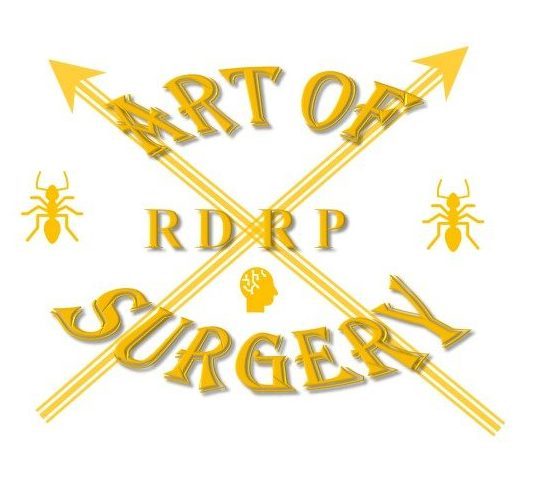Early oesophageal cancer
Staging process:
CT chest/abdo/pelvis
EUS
(PET if advanced disease)
How useful is EUS in T1 tumours?
It has poor sensitivity in differentiating T1a from T1b tumours (20%) – ie invasion of muscularis mucosae or submucosa
Its reliable in identifying T3 disease – invasion of adventitia
T1 lesions (a or b) should be amenable to EMR. If its T1a then its curative. If there is submucosal invasion, because this layer is rich in lymphatic channels, there is a 20% chance of LN involvement. ESD is possible but not normally available in the UK.
EMR can be performed if the lesion ‘lifts off the muscularis propria’, is less than 2cm, non-ulcerated and well/moderately differentiated
How is EMR performed?
Normally under sedation and opiate analgesia
The borders of the lesion is marked with APC
Adrenaline/gelofusine mix is injected to life the lesion
Rubber band is fired around the lesion to make a pseudo-polyp and then snared to remove with diathermy
The specimen is placed on corkboard to give orientation.
Circumferential biopsies from surrounding area can be taken to confirm resection
EMR is associated with perforation and bleeding.
Late complications include stricture, particularly with circumferential lesions.
If margins are involved, then further EMR may be required.
Unfortunately the lesions are often obtained piecemeal which doesn’t allow meaningful oncological assessment.
Lymphadectomy is not possible
ICD coding
- C15.9: Malignant neoplasm of esophagus, unspecified
Primary tumor (pT)
- TX: Tumor cannot be assessed
- T0: No evidence of primary tumor
- Tis: High grade dysplasia, defined as malignant cells confined to the epithelium by the basement membrane
- T1: Tumor invades the lamina propria, muscularis mucosae or submucosa
- T1a: Tumor invades the lamina propria or muscularis mucosae
- T1b: Tumor invades the submucosa
- T2: Tumor invades the muscularis propria
- T3: Tumor invades adventitia
- T4: Tumor invades adjacent structures
- T4a: Tumor invades the pleura, pericardium, azygos vein, diaphragm or peritoneum
- T4b: Tumor invades other adjacent structures, such as the aorta, vertebral body or airway
Regional lymph nodes (pN)
- NX: Regional lymph nodes cannot be assessed
- N0: No regional lymph node metastasis
- N1: Metastasis in 1 or 2 regional lymph nodes
- N2: Metastasis in 3 – 6 regional lymph nodes
- N3: Metastasis in 7+ regional lymph nodes
- Notes: regional lymph nodes include lower cervical paratracheal, upper / lower paratracheal, subcarinal, upper / middle / lower thoracic paraesophageal, pulmonary ligament, diaphragmatic, paradarcial, left gastric, common hepatic, splenic, celiac and cervical periesophageal level VI / VII nodes
Distant metastasis (pM)
- M0: No distant metastasis
- M1: Distant metastasis
Resectable Oesophageal cancer
Staging:
CT CAP
If no metastases, PET
EUS
If there is extension into stomach, then laparoscopy
Evidence for neoadjuvant therapy?
MRC OEO2 (2002) – largest study to demonstrate benefit for locally advanced disease (ie upto T4-N3-M0).
IT was carried out in around 800 patients across 42 european countries.
Randomised to cisplatin + 5-FU with surgery or surgery alone
It showed that surgery alone can result in high R1 resections and compromise long term survival.
Median survival 17 months vs 13 months.
It involved all cancers (sq/adeno/undifferentiated)
CLOT trial – LMWH superior to Warfarin for reducing risk in cancer associated VTE
Limitations of CT for staging –
Doesn’t pick up peritoneal or pleural mets
Low sensitivity for LNs (1cm nodes are presumed to be malignant on CT)
Doesn’t pick up sub-1cm liver metastases
PET – shows increased fludeoxyglucose (FDG)
Any FNA should be done before PET to avoid false positives
Late oesophageal cancer
Will have progressive dysphagia, will need stenting or brachytherapy
Stent should be deferred until they obstruct
Feeding options include endoscopic, surgical or radiological gastrostomy or jejunostomy
NJ feeding is unpleasant for patient so not a long term solution
